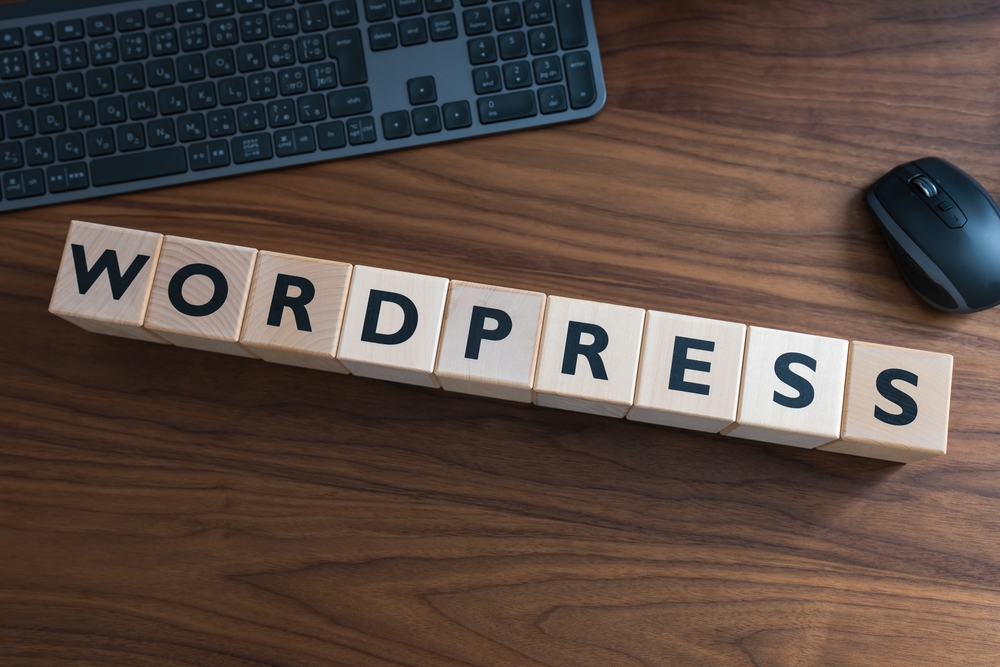
WordPress has become one of the most popular content management systems for building websites. Its flexibility, user-friendly interface, and extensive customization options make it a go-to platform for individuals and businesses alike. However, mastering WordPress website customization and maintenance can be a daunting task if you don't have the right knowledge and tools. In this article, we will explore some essential tips and tricks to help you become a WordPress (WP) pro.
1. Choosing the Right Theme
One of the first steps in customizing your WordPress website is selecting the right theme. The theme determines the overall look and layout of your website. WordPress (the platform for bloggers) offers a wide range of free and premium themes, catering to various industries and design preferences.
When choosing a theme, consider the following:
- Responsive design: Make sure the theme is mobile-friendly to provide a seamless browsing experience across devices. Customizability: Look for themes that offer extensive customization options, such as color schemes, fonts, and layout variations. Compatibility: Ensure the theme is compatible with the latest version of WordPress and popular plugins.
Take your time to explore different themes, read reviews, and preview demos before making a final decision.
2. Customizing Your Theme
Once you've chosen a theme, it's time to customize it to reflect your brand identity and website goals. WordPress offers various customization options that can be accessed through the built-in WordPress (or WP) Customizer or theme settings panel.
Here are some key customization areas:
- Site Identity: Set a custom logo, site title, and tagline to brand your website. Layout: Control the overall layout of your website, including header, footer, and sidebar options. Colors and Fonts: Choose a color scheme that aligns with your brand, and select fonts that enhance readability. Widgets: Utilize widgets to customize your sidebar and other widget-ready areas of your theme.
Experiment with different options until you achieve the desired look and feel for your website.
3. Extending Functionality with Plugins
WordPress (the blogging platform) plugins are powerful tools that allow you to extend the functionality of your website without coding. Whether you want to enhance SEO, add contact forms, or integrate social media sharing, there's a plugin for almost everything.
Here are some popular WordPress plugins:
- Yoast SEO: Helps optimize your website for search engines and improve its visibility. Contact Form 7: Allows you to create and manage multiple contact forms easily. Jetpack: Offers numerous features, including site security, performance optimization, and visitor statistics. WP Super Cache: Speeds up your website by generating static HTML files.
However, be cautious when installing plugins, as too many can slow down your website's performance. Stick to reputable plugins that have good reviews and regular updates.
4. Regular Backup and Updates
Maintaining your WordPress website involves regular updates and backups. Updates include the WordPress core, theme, and plugins.
Updates are crucial for security fixes, bug patches, and new features. Make sure to keep your website up to date to minimize the risk of vulnerabilities and improve overall performance.
Backups are essential for disaster recovery in case of website hacks, server failures, or accidental data loss. Use a reliable backup plugin to automate regular backups and store them in a secure location, either on a cloud service or offline.
5. Performance Optimization
Website speed and performance play a critical role in user experience and search engine rankings. To keep your WordPress website running smoothly:
- Optimize images: Compress and resize images without compromising quality using plugins like Smush. Caching: Utilize caching plugins to store static versions of your website, reducing server load and improving load times. Content Delivery Network (CDN): Consider using a CDN to serve your website's static assets from a network of servers around the world, reducing latency. Cleanup: Regularly remove unused plugins, themes, and media files to declutter your website's storage.
By implementing these optimization techniques, you can significantly improve your website's speed and performance.
Frequently Asked Questions
1. Can I change my WordPress theme later?
Yes, you can change your WordPress theme at any time. However, switching themes may affect your website's appearance and functionality. It's recommended to backup your website before making any changes and thoroughly test the new theme on a staging environment.
2. How often should I update my WordPress website?
It is advisable to update your WordPress website as soon as new updates are available. Regular updates ensure compatibility, security, and performance improvements. Consider implementing a staging environment to test updates before applying them to your live site.
3. Are free themes as good as premium themes?
Both free and premium themes have their pros and cons. Free themes are a great starting point for beginners or individuals with a tight budget. However, premium themes often offer more advanced customization options, dedicated support, and frequent updates.
4. How many plugins should I install on my WordPress website?
It's advisable to keep the number of plugins on your website to a minimum, especially if they are resource-intensive. Around 5-10 well-optimized and regularly maintained plugins should suffice for most websites. Regularly audit your plugins and remove any unnecessary ones to maintain optimal performance.
5. Is it possible to undo changes or revert to a previous version of my website?
If you're regularly backing up your WordPress website, it is possible to undo changes or revert to a previous version. Simply restore the backup from the desired date and time. However, be cautious as restoring a backup will erase any changes made after that particular backup was created.
With these essential tips and tricks, you can master WordPress website customization and maintenance. Remember, practice and experimentation are key to becoming proficient in WordPress. Happy customizing!
Other useful resources
- https://en.wikipedia.org/wiki/WordPress
- https://www.wordpress24plus.com/topics/wordpress-tips-and-tricks/
- https://www.wordpress24plus.com/services/wordpress-developer/